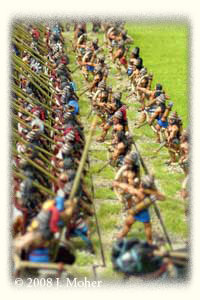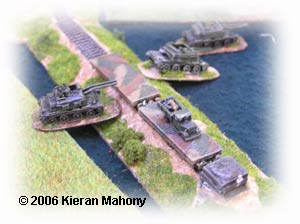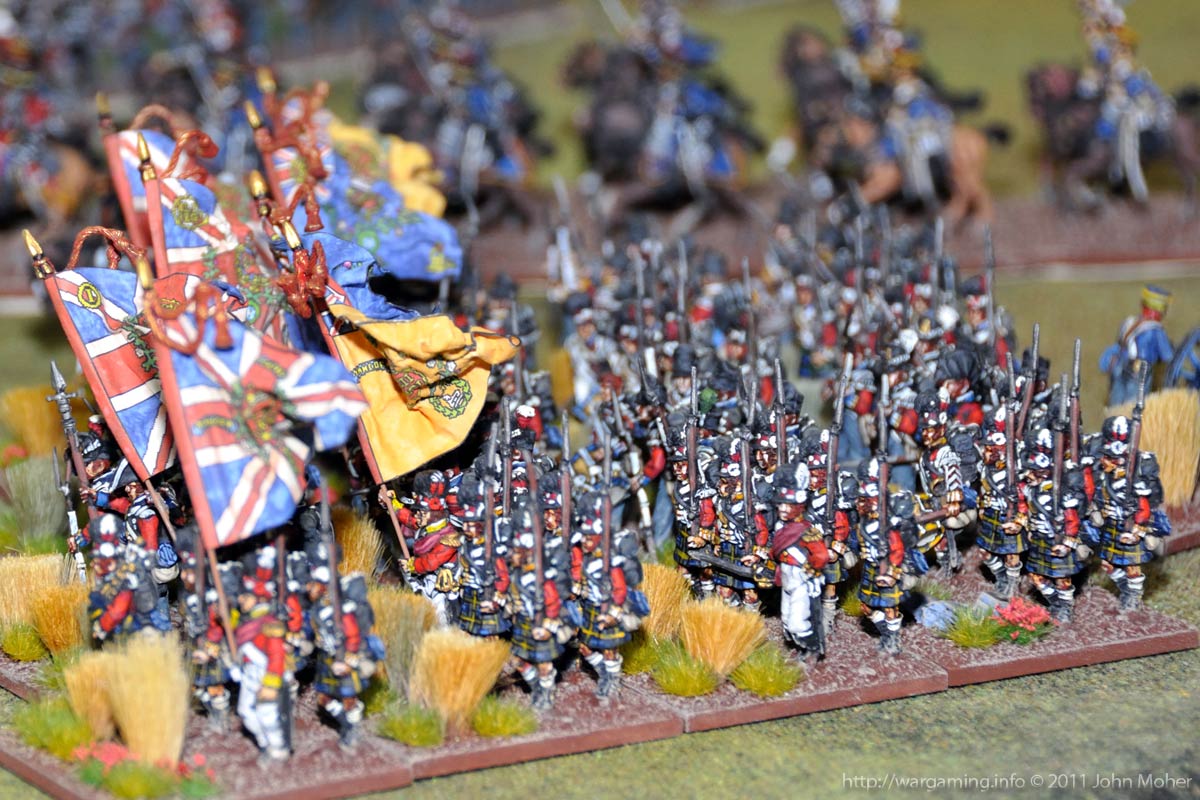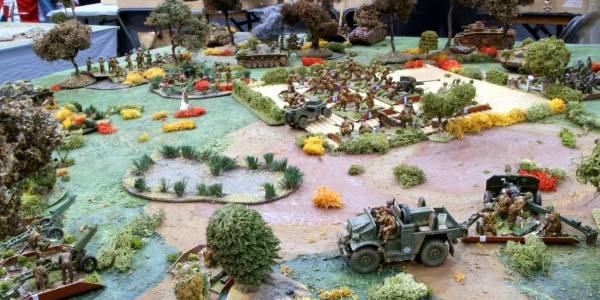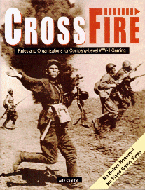
Crossfire is one of those ‘inspirational’ games that once you ‘get it’ I think you never really look to go back. The fact that as a games system it makes you generally make the same decisions and actions that you would in real life, rather than what is perceived the most effective rules choice, makes it an intuitive natural system that rewards realistic behaviour, and as such becomes increasingly involving. Crossfire was written by Arty Conliffe partly in response to a challenge to design a set of rules with no fixed turns or measurements – Crossfire is the result. While other notable authors in the past (namely Jack Scruby and Paddy Griffith) pursued similar ideas (e.g. the variable bound for instance), Arty has been the first to take it to a natural conclusion into a fully playable commercial design. Crossfire also goes that extra step to provide the right amount of abstraction, something earlier authors struggled with as they were constrained with the self-imposed linear nature of their designs…
